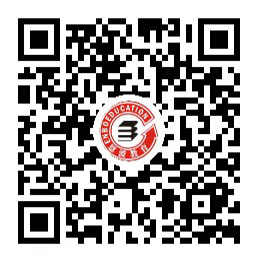【过去将来时】
1. 基本结构
肯定句:主语+be(was, were)going to+动词原形+其他
或:主语+would(should或would)+动词原形+其他
或:was/were+动词不定式
否定句:主语+be not(was not, were not)going to+动词原形+其他
或:主语+would(should或could)not+动词原形+其他
或:be not(was not, were not)+动词不定式
疑问句:Be(Was, Were)+主语+going to+动词原形+其他?
或:Would(Should或could)+主语+动词原形+其他?
2. 用法
(1) 表示从过去某一时间看将来要发生的动作或存在状态。常用在宾语从句中,由“would+动词原形”构成。
如:He asked me when he would see me again.
他问我他将什么时候能再见到我。
He said he would buy some fruit for his sister. 他说他要给他妹妹买些水果。
(2) 表示曾经打算或准备要做的动作,用“was/were going to+动词原形”。
如:She said she was going to see me the next day.
她说她第二天将会来看我。
(3) go, come, leave, arrive, start等动词,其过去进行时表示过去按计划即将发生的动作。
如:He said he was coming this evening. 他说过他今天晚上来。

微信小程序
微信扫一扫体验

微信公众账号
微信扫一扫加关注
评论 返回
顶部

发表评论 取消回复